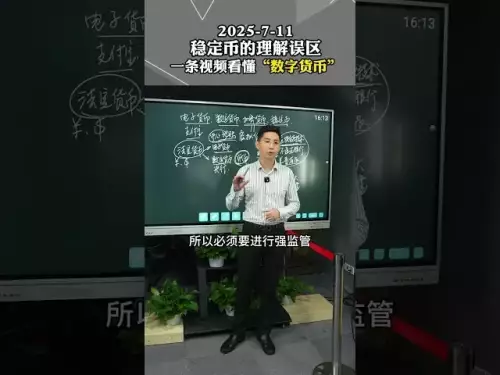Exploring the implications of wallet blacklisting in crypto, protective measures, security defense, using WLFI's recent actions as a case study.

The world of crypto is never short on drama, and the recent buzz around World Liberty Financial Inc. (WLFI) and its decision to blacklist cryptocurrency wallets is a prime example. WLFI blacklisting wallets is a protective measure and security defense that is being widely discussed and debated.
The WLFI Blacklist: A Protective Move?
WLFI, backed by the Trump family, recently blacklisted 272 cryptocurrency wallets. This wasn't a punitive measure, according to WLFI, but a protective one. The goal? To shield users from a surge in phishing attacks and wallet compromises. They acted fast after noticing increased malicious activity, aiming to prevent further harm while investigations are underway.
Of those blacklisted wallets, 215 were linked to a phishing attack. WLFI acted to stop hackers from draining funds, working to help the rightful owners secure their assets. Another 50 were blacklisted at the request of users who reported their accounts had been compromised. A few others were flagged for high-risk exposure or suspected of misappropriating funds. The company stated user safety always comes first.
Justin Sun's Wallet Gets the Freeze
Things got even more interesting when a wallet address tied to Justin Sun, an advisor to the HTX exchange, got blacklisted after transferring 50 million WLFI tokens. Blacklisting prevents an address from sending or receiving tokens, which is often used during new token launches to manage liquidity or curb suspected manipulation. Sun downplayed the situation, calling it a “routine deposit test.”
Why All Eyes Are on WLFI
WLFI, publicly supported by Donald Trump, has faced price pressure since its launch. After debuting at $0.32, the token has fallen. At launch, WLFI's valuation briefly topped $32 billion, but the circulating supply remains small, making the market prone to big swings. Analysts point to the concentrated liquidity in a few pools as a factor, allowing whales to move prices quickly.
WLFI burned 47 million tokens to reduce supply, but that's a drop in the bucket. They're also thinking about a buyback program to support price stability. Sun previously pledged not to sell unlocked WLFI tokens soon, but the blacklisting incident raised eyebrows about governance and oversight. All eyes are on WLFI to see if they can broaden adoption and deliver sustainable utility beyond just speculative trading.
The Future of WLFI
The WLFI team is in damage control mode. More token burns or buybacks might offer short-term relief, but the real test will be whether WLFI can broaden adoption beyond speculative trading and deliver sustainable utility in decentralized finance. Trump’s endorsement gave WLFI a high-profile start, but it also brought intense scrutiny. The coming weeks will show if the project can stabilize and build trust or become another cautionary tale in the crypto world.
So, What’s the Takeaway?
Wallet blacklisting is a complex issue with potential benefits and drawbacks. On one hand, it can protect users from scams and theft. On the other hand, it raises questions about decentralization and control. Whether it is protective measures or security defense gone wrong depends on how it’s implemented and managed. In WLFI's case, it’s a mix of both. Either way, it's a wild ride in the crypto world, isn't it?



































![Daily Level for 9/7/2025: Momentum by EnenzoGD (WITH COIN) [GD Daily Video #809] Daily Level for 9/7/2025: Momentum by EnenzoGD (WITH COIN) [GD Daily Video #809]](/uploads/2025/09/07/cryptocurrencies-news/videos/daily-level-momentum-enenzogd-coin-gd-daily-video/68bcd9494f8d8_image_120_90.webp)









































